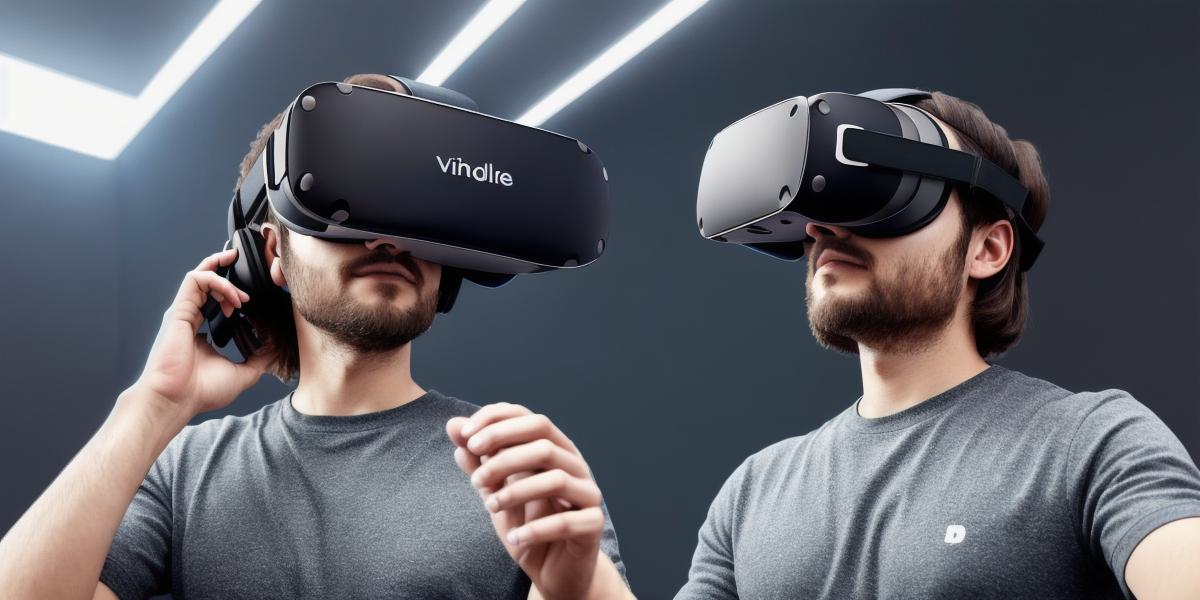Introduction
Virtual reality (VR) technology has come a long way since its inception, and now, you can experience immersive virtual environments right from your phone. With the growing popularity of mobile devices and the increasing demand for interactive content, it’s no surprise that VR on phones is becoming more accessible and affordable. In this comprehensive guide, we will explore how to experience VR on your phone, its benefits, and its potential applications in the development industry.
Benefits of VR on Phones
One of the main advantages of VR on phones is its accessibility. With a smartphone, you can easily access virtual environments from anywhere, anytime. Additionally, mobile devices offer powerful processing capabilities that allow for smooth and seamless VR experiences. Another benefit of VR on phones is its cost-effectiveness. Unlike traditional VR systems, which require expensive hardware and software, VR on phones is relatively affordable and accessible to a wider audience.
How to Experience VR on Your Phone
There are several ways to experience VR on your phone. One of the most popular methods is through the use of mobile VR apps, such as Google Cardboard or Samsung Gear VR. These apps require a compatible smartphone and a special headset that allows you to immerse yourself in virtual environments. Another option is to use a 360-degree camera, which captures images and videos from all angles, creating an immersive experience without the need for a headset.
Comparison with Traditional VR Systems
Traditional VR systems, such as Oculus Rift or HTC Vive, offer more advanced features and capabilities than mobile VR apps. These systems require powerful computers and dedicated graphics cards, which can be expensive to purchase and maintain. Additionally, traditional VR systems require a separate tracking system that tracks the user’s movements, whereas mobile VR apps rely on the phone’s built-in sensors.
Applications in the Development Industry
VR on phones has numerous potential applications in the development industry. For example, architects and interior designers can use VR to create realistic simulations of their projects, allowing clients to experience the final product before it’s even built. Gaming developers can also take advantage of VR on phones to create immersive gaming experiences that transport players into virtual worlds. Additionally, educators can use VR on phones to create engaging and interactive learning experiences for students.
FAQs
What type of phone do I need to experience VR?
Most modern smartphones are compatible with mobile VR apps, but some newer models may offer better performance and graphics capabilities. It’s recommended to check the specific requirements of the app before downloading it.
Do I need a special headset to experience VR on my phone?
Yes, you will need a compatible smartphone and a special headset to experience VR on your phone. Popular options include Google Cardboard and Samsung Gear VR.
What are the benefits of using VR on a phone over traditional VR systems?
VR on phones is more accessible and affordable than traditional VR systems, as it requires less expensive hardware and software. It’s also portable and can be used from anywhere, making it ideal for gaming or educational purposes.
